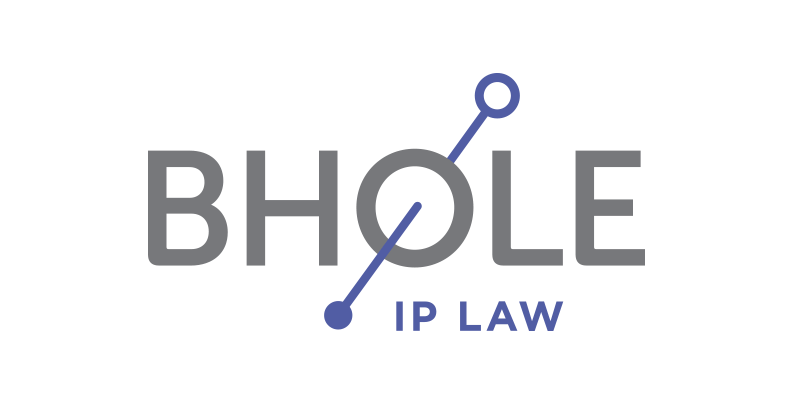The Trademarks Act, R.S.C., 1985, c. T-13, has recently been amended (not yet in force) to create a simple and efficient mechanism to allow the Registrar to give public notice that subparagraph 9(1)(n)(iii) of the Trademarks Act relating to “official marks” does not apply if the entity that made the request for the public notice of the official mark is (a) not a public authority or (b) no longer exists.
Background on Official Marks in Canada
An “official mark” is a unique type of mark in Canada, which is prohibited for use as a trademark under section 9(1)(n)(iii) of the Trademarks Act, which reads as follows:
No person shall adopt in connection with a business, as a trademark or otherwise, any mark consisting of, or so nearly resembling as to be likely to be mistaken for, (n) any badge, crest, emblem or mark (iii) adopted and used by any public authority, in Canada as an official mark for goods or services in respect of which the Registrar has, at the request of Her Majesty or of the university or public authority, as the case may be, given public notice of its adoption and use
In determining whether an entity is a “public authority” in Canada, the following two-part test must be satisfied:
- a significant degree of control must be exercised by the appropriate government over the activities of the body; and
- the activities of the body must benefit the public.
Additionally, the Registrar will require evidence of adoption and use of an official mark, and the evidence presented must demonstrate an element of public display.
Recent Additions to Section 9 of the Trademarks Act
The recent additions to the Trademarks Act (not yet in force) read as follows:
9(3) For greater certainty, and despite any public notice of adoption and use given by the Registrar under paragraph (1)(n), subparagraph (1)(n)(iii) does not apply with respect to a badge, crest, emblem or mark if the entity that made the request for the public notice is not a public authority or no longer exists. (4) In the circumstances set out in subsection 9(3), the Registrar may, on his or her own initiative or at the request of a person who pays a prescribed fee, give public notice that subparagraph (1)(n)(iii) does not apply to the badge, crest, emblem or mark.
Takeaways
Generally, when an official mark is raised by the Trademarks Office against a pending trademark application, if the trademark is identical or so nearly resembling as to be mistaken for the official mark – irrespective of its associated products or services – it can be difficult to easily overcome the confusion citation without obtaining consent of the owner of the official mark.
If consent of the owner of the official mark is not available, part 4.7.14 of the Trademarks Examination Manual notes that if the applicant provides evidence sufficient for the Registrar to determine that a public authority no longer exists, an objection under paragraph 9(1)(n)(iii) of the Act may be withdrawn. Alternatively, the applicant of the pending trademark application may challenge the validity of the official mark through initiating a proceeding with the Federal Court of Canada.
The recent additions to Section 9 of the Trademarks Act create an opportunity for any person who pays the prescribed fee to make a request that subparagraph 9(1)(n)(iii) of the Trademarks Act does not apply with respect to a particular official mark if the holder of the official mark is not a public authority or no longer exists, therefore allowing for a simpler mechanism to invalidate an Official Mark other than through Federal Court.
